-
 Bitcoin
Bitcoin $121100
0.58% -
 Ethereum
Ethereum $4696
-0.08% -
 XRP
XRP $3.215
-2.33% -
 Tether USDt
Tether USDt $0.9999
0.00% -
 BNB
BNB $863.5
1.02% -
 Solana
Solana $202.9
0.63% -
 USDC
USDC $0.9994
-0.03% -
 Dogecoin
Dogecoin $0.2384
-3.43% -
 TRON
TRON $0.3676
2.68% -
 Cardano
Cardano $0.9704
10.78% -
 Chainlink
Chainlink $23.42
-3.16% -
 Hyperliquid
Hyperliquid $46.63
2.40% -
 Stellar
Stellar $0.4423
-2.88% -
 Sui
Sui $3.933
-2.53% -
 Bitcoin Cash
Bitcoin Cash $608.8
-0.25% -
 Hedera
Hedera $0.2641
-0.78% -
 Ethena USDe
Ethena USDe $1.000
-0.02% -
 Avalanche
Avalanche $24.91
-1.56% -
 Litecoin
Litecoin $127.9
-3.85% -
 Toncoin
Toncoin $3.509
-0.67% -
 UNUS SED LEO
UNUS SED LEO $9.269
0.23% -
 Shiba Inu
Shiba Inu $0.00001357
-2.89% -
 Uniswap
Uniswap $11.42
-5.71% -
 Polkadot
Polkadot $4.191
-2.18% -
 OKB
OKB $102.8
-4.14% -
 Bitget Token
Bitget Token $4.749
-2.52% -
 Dai
Dai $0.9998
0.00% -
 Cronos
Cronos $0.1630
-3.52% -
 Pepe
Pepe $0.00001183
-4.65% -
 Aave
Aave $324.7
-0.96%
How to back up mnemonics in Trust Wallet?
Your mnemonic phrase is crucial for accessing your crypto assets; losing it means losing your funds irreversibly, so secure backups are essential.
Mar 31, 2025 at 05:56 am

Understanding the Importance of Mnemonic Phrase Backup
Your mnemonic phrase, also known as your seed phrase, is the single most important piece of information related to your cryptocurrency holdings in Trust Wallet. It's a sequence of 12, 18, or 24 words that acts as a key to access all your crypto assets within the wallet. Losing your mnemonic phrase means irrevocably losing access to your funds. There's no recovery without it. Therefore, backing it up securely is paramount.
Methods for Backing Up Your Mnemonic Phrase
Trust Wallet provides a secure in-app method for viewing your mnemonic phrase. However, it's crucial to understand that this is only for viewing; Trust Wallet itself does not store a copy of your mnemonic. The responsibility for securely storing this phrase rests entirely with you.
Writing it down: The most common method is to write your mnemonic phrase down on paper. Use a pen and a durable, preferably waterproof, notebook. Avoid using easily destructible materials like sticky notes or loose paper. Consider using a tamper-evident seal on the notebook to detect any potential tampering.
Using a metal plate: Engraving your mnemonic phrase onto a durable metal plate offers superior protection against water damage and physical wear and tear compared to paper. This method offers increased security, but it’s more expensive.
Using a password manager: Some password managers offer secure storage for sensitive information. However, be extremely cautious and ensure the password manager you choose is reputable and has strong security measures in place. Never store your mnemonic in a cloud-based password manager.
Splitting and securing: Consider splitting your mnemonic phrase into multiple parts and storing them in separate, secure locations. This reduces the risk of total loss if one storage location is compromised.
Where NOT to Store Your Mnemonic Phrase
It's equally important to know where you should not store your mnemonic phrase. Storing it in insecure locations increases the risk of theft or loss.
Digital storage: Avoid storing your mnemonic phrase digitally, whether it's on your computer, phone (outside of the Trust Wallet app itself, which only displays it), or in any cloud-based service. This leaves it vulnerable to hacking and data breaches.
Email: Never send your mnemonic phrase via email. Email is inherently insecure, and sending it risks exposure to malicious actors.
Messaging apps: Similarly, avoid sending your mnemonic phrase through messaging apps like WhatsApp, Telegram, or others. These platforms are not designed for secure storage of sensitive information.
Shared devices: Never store your mnemonic on a shared computer or device that others have access to.
Additional Security Measures
Beyond the methods of storing your mnemonic, implementing these additional security measures can further enhance its protection:
Regular review: Periodically review your stored mnemonic phrase to ensure its integrity and accuracy. This helps prevent errors caused by fading ink or damage.
Multiple backups: Create multiple backups of your mnemonic phrase using different methods. This redundancy significantly reduces the risk of losing access to your funds.
Physical security: Store your physical backups in secure, fireproof, and waterproof locations. A safe deposit box or a home safe are good options.
Addressing Common Questions
Q: Can I take a screenshot of my mnemonic phrase?
A: No, taking a screenshot is strongly discouraged. Screenshots can be easily accessed by malicious software or through unauthorized access to your device.
Q: What if I lose my mnemonic phrase?
A: Unfortunately, if you lose your mnemonic phrase, there is no way to recover your funds. Trust Wallet, and most other crypto wallets, cannot retrieve your keys. This is why securing your mnemonic is so critical.
Q: Is it safe to use a password manager for my mnemonic phrase?
A: Using a password manager for your mnemonic is generally not recommended. While some password managers offer strong security, the risk of a breach remains. Physical methods are generally safer.
Q: How often should I back up my mnemonic phrase?
A: There is no specific frequency, but it's good practice to back up your mnemonic immediately after generating it and then periodically review and update your backups. This ensures your backups are current and accurate.
Q: Can I write my mnemonic phrase on a shared document?
A: Absolutely not. Sharing your mnemonic phrase with anyone, or storing it in a shared location, immediately compromises its security and puts your funds at risk.
Q: What if I forget my mnemonic phrase?
A: If you forget your mnemonic phrase, you will lose access to your crypto assets. There's no recovery mechanism without it. This underscores the importance of secure and reliable storage methods.
Q: Can Trust Wallet help me recover my mnemonic phrase if I forget it?
A: No, Trust Wallet does not store or have access to your mnemonic phrase. The responsibility for its security and safekeeping lies entirely with you.
Q: Are there any third-party apps that can help me secure my mnemonic phrase?
A: While some third-party apps claim to offer secure mnemonic storage, it's generally recommended to stick to proven methods like writing it down on paper or using a metal plate. The security of these third-party apps is not always guaranteed.
Disclaimer:info@kdj.com
The information provided is not trading advice. kdj.com does not assume any responsibility for any investments made based on the information provided in this article. Cryptocurrencies are highly volatile and it is highly recommended that you invest with caution after thorough research!
If you believe that the content used on this website infringes your copyright, please contact us immediately (info@kdj.com) and we will delete it promptly.
- Kazakhstan's Crypto Leap: Bitcoin ETF and Central Asia's Digital Finance Future
- 2025-08-13 12:45:19
- BlockDAG Presale Blazes Past $371M: Fundraising Frenzy Fuels Crypto Sensation
- 2025-08-13 13:05:21
- Meme Coins: Chasing the 2025 Surge – Which Will Moonshot?
- 2025-08-13 10:25:23
- Bitcoin's Wild Ride: Rally, Pullback, and What's Next
- 2025-08-13 10:25:23
- Bitcoin, Bitmax, and Institutional Demand: A New Era of Crypto Investment
- 2025-08-13 10:45:12
- Solana, ROAM, and Airdrops: What's the Buzz in 2025?
- 2025-08-13 11:35:13
Related knowledge
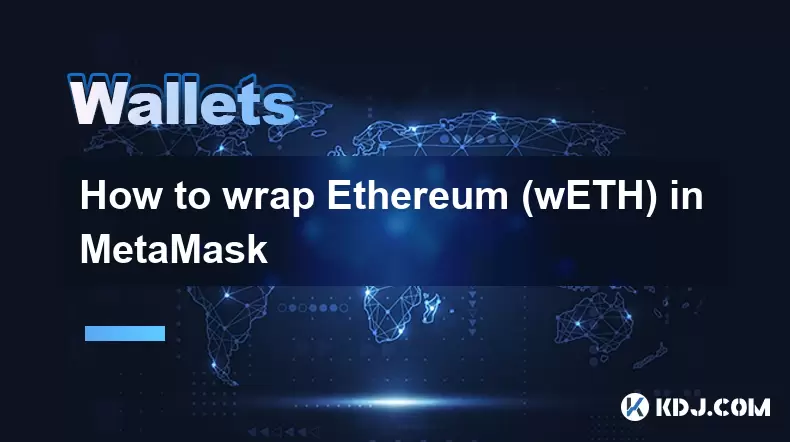
How to wrap Ethereum (wETH) in MetaMask
Aug 13,2025 at 11:36am
Understanding Wrapped Ethereum (wETH)Wrapped Ethereum (wETH) is a tokenized version of native Ethereum (ETH) that conforms to the ERC-20 standard, ena...
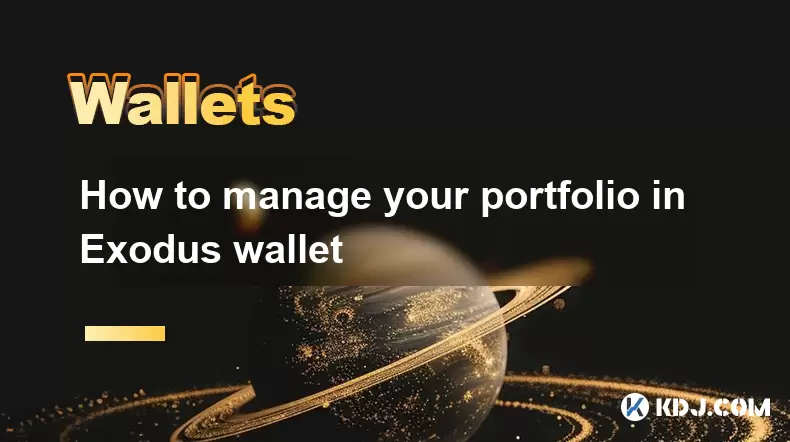
How to manage your portfolio in Exodus wallet
Aug 08,2025 at 10:07pm
Understanding the Exodus Wallet InterfaceThe Exodus wallet is a non-custodial cryptocurrency wallet that supports a wide range of digital assets. When...

How to manage your portfolio in Exodus wallet
Aug 13,2025 at 11:35am
Understanding the Exodus Wallet InterfaceThe Exodus wallet is a non-custodial cryptocurrency wallet that supports a wide range of digital assets. Upon...
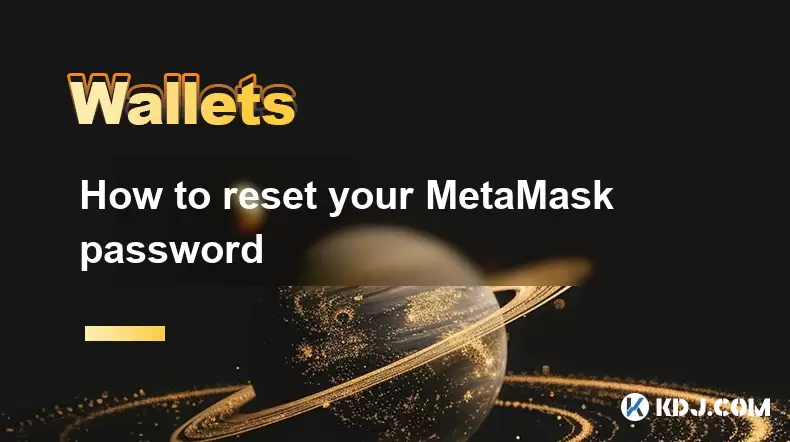
How to reset your MetaMask password
Aug 08,2025 at 01:28pm
Understanding the MetaMask Password Reset ProcessMany users confuse the MetaMask password with the seed phrase or private key, but they serve differen...
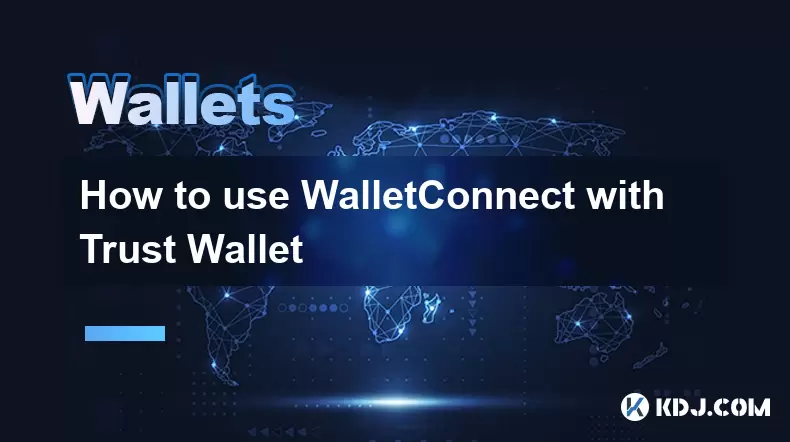
How to use WalletConnect with Trust Wallet
Aug 13,2025 at 01:07am
What Is WalletConnect and Why It Matters for Trust Wallet UsersWalletConnect is an open-source protocol that enables secure communication between dece...
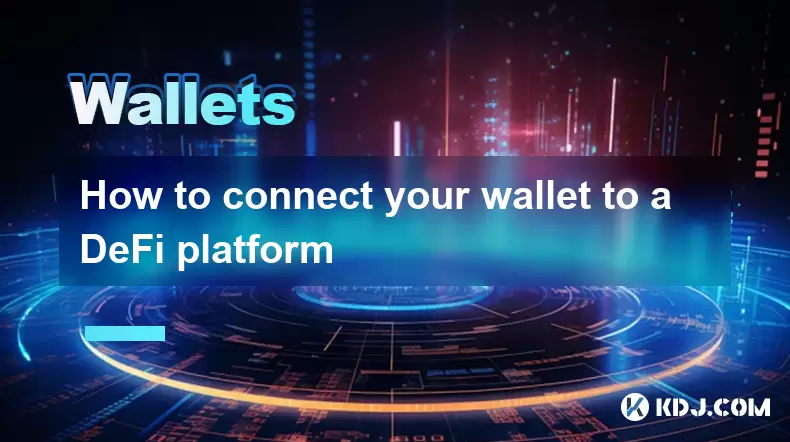
How to connect your wallet to a DeFi platform
Aug 13,2025 at 11:36am
Understanding Wallet Compatibility with DeFi PlatformsBefore connecting your wallet to any DeFi platform, it's essential to ensure your wallet is comp...

How to wrap Ethereum (wETH) in MetaMask
Aug 13,2025 at 11:36am
Understanding Wrapped Ethereum (wETH)Wrapped Ethereum (wETH) is a tokenized version of native Ethereum (ETH) that conforms to the ERC-20 standard, ena...

How to manage your portfolio in Exodus wallet
Aug 08,2025 at 10:07pm
Understanding the Exodus Wallet InterfaceThe Exodus wallet is a non-custodial cryptocurrency wallet that supports a wide range of digital assets. When...

How to manage your portfolio in Exodus wallet
Aug 13,2025 at 11:35am
Understanding the Exodus Wallet InterfaceThe Exodus wallet is a non-custodial cryptocurrency wallet that supports a wide range of digital assets. Upon...

How to reset your MetaMask password
Aug 08,2025 at 01:28pm
Understanding the MetaMask Password Reset ProcessMany users confuse the MetaMask password with the seed phrase or private key, but they serve differen...

How to use WalletConnect with Trust Wallet
Aug 13,2025 at 01:07am
What Is WalletConnect and Why It Matters for Trust Wallet UsersWalletConnect is an open-source protocol that enables secure communication between dece...

How to connect your wallet to a DeFi platform
Aug 13,2025 at 11:36am
Understanding Wallet Compatibility with DeFi PlatformsBefore connecting your wallet to any DeFi platform, it's essential to ensure your wallet is comp...
See all articles

























































































